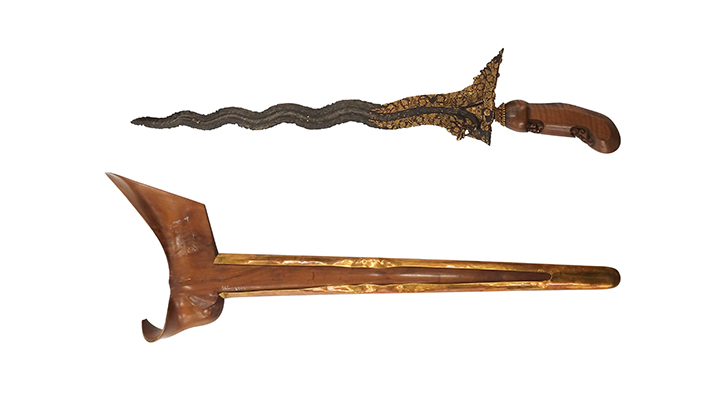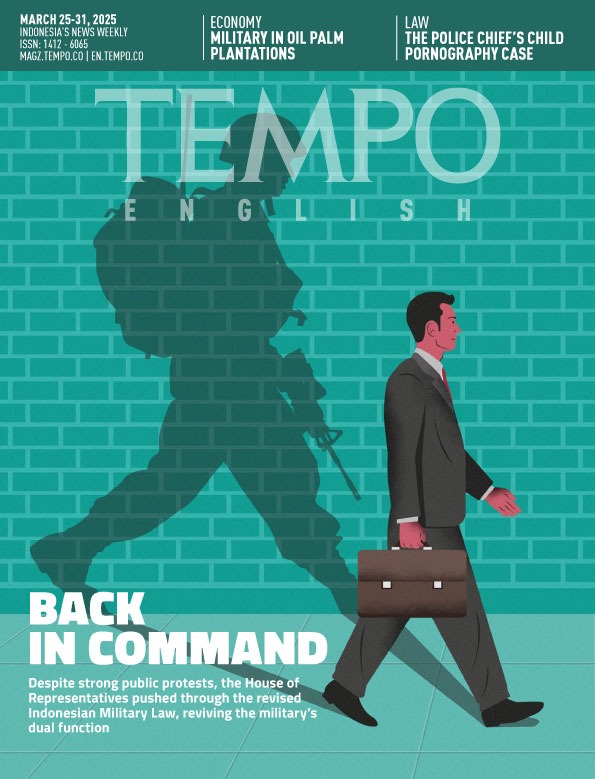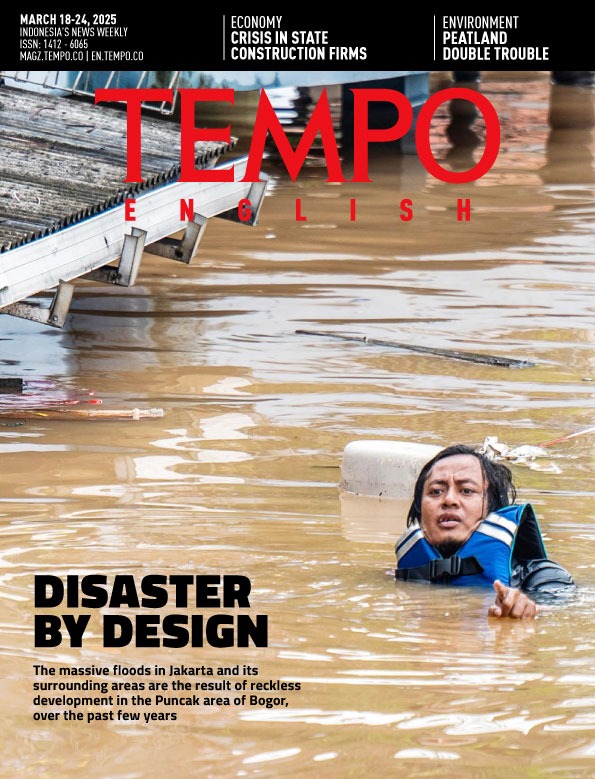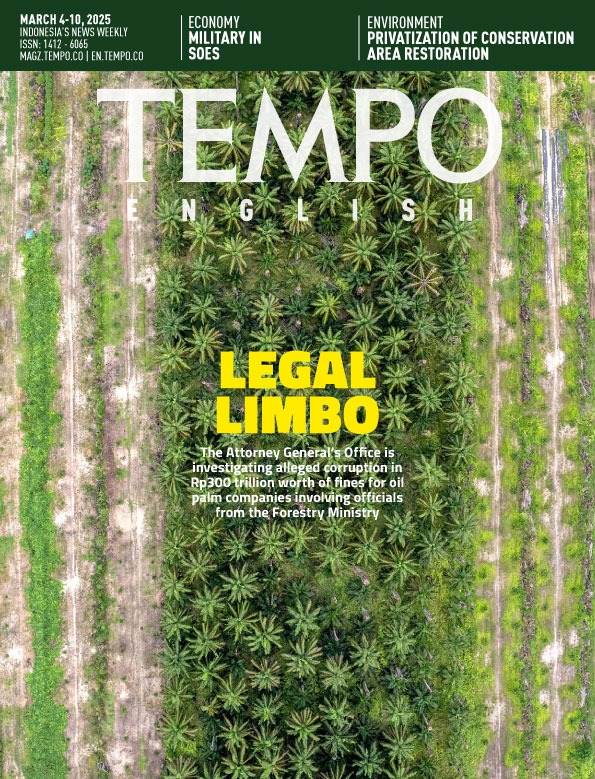Kiai Naga Siluman Dagger Cuts on Both Sides
Tuesday, April 14, 2020
arsip tempo : 174332019236.

WITH the pros and cons surrounding the Naga Siluman, National Museum Director Siswanto is treading lightly. After the dagger was returned to Indonesia, the museum received a mandate to store it. The plan was that the kris would be shown to the public. However, controversy on social media ensued as soon as the dagger was at the center of a public ceremony when President Joko Widodo received Dutch King Willem-Alexander at the Bogor Palace, West Jav
...
Subscribe to continue reading.
We craft news with stories.
 For the benefits of subscribing to Digital Tempo, See More
For the benefits of subscribing to Digital Tempo, See More








